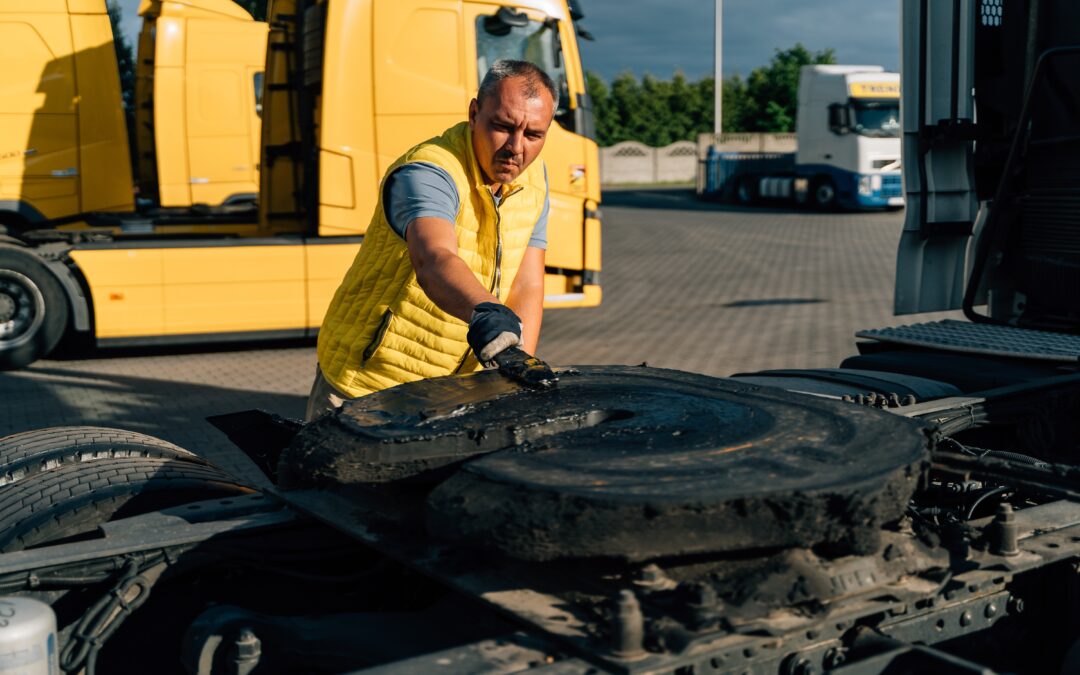
How To Adjust a Fifth Wheel 101: Everything You Need To Know
The fifth wheel on a semi-trailer refers to the mechanism that connects the tractor to the trailer. It’s where the kingpin is located, allowing the two parts to stay connected and move safely and freely when steering the vehicle. It also helps to evenly spread the freight load’s weight between the tractor and trailer.
If you notice that your fifth wheel is starting to get slack in it, it’s probably time for adjustment. We’ll tell you everything you need to know about how to adjust a fifth wheel.
Why Do You Need To Adjust a Fifth Wheel?
Fifth wheels can be adjusted when you notice too much play or trailer sway is occurring. This means that when you move from stop to start, there is a considerable amount of jerk happening, or your trailer is fishtailing when you make turns.
This could be dangerous for you and your equipment, but knowing how to adjust the fifth wheel can solve this issue.
How to Adjust a Fifth Wheel
Typically, fifth wheels don’t need adjusting very often. If you find that it’s necessary, it can be done. It’s important to note that each manufacturer designs its fifth wheel differently, so instructions may vary between makes and models. For some, you simply have to turn a bolt. For others, specialized tools are required to make the adjustment.
How To Adjust a JOST International Fifth-Wheel
Since all fifth wheels vary slightly by manufacturer, we’ll give you a step-by-step on how to adjust JOST International’s fifth wheels. These may not be exactly the same steps for your coupling device, but they should give you a general understanding of the process.
Adjusting a JOST International Fifth-Wheel Step-By-Step:
- The fifth wheel is made up of the release handle, release arm, lock bar, and lockjaw. The lock adjustment screw is located on the side of the wheel.
- To tighten the adjustment, loosen the jam nut and turn the adjustment screw one full rotation counter-clockwise.
- Repeat as necessary and retighten the jam nut when finished.
- Remember: Always turn the adjustment screw counter-clockwise to tighten. If you turn the wrong way, it can damage the release arm.
Top-Notch Fifth-Wheels by JOST International
If you’re looking for the safest, most durable fifth wheels on the market, look no further than JOST International. Download our Fifth Wheel Product Line handout to learn more about each product. You can also contact our knowledgeable team to learn further. We’d be happy to assist you with all your fifth wheel and semi-trailer equipment needs.

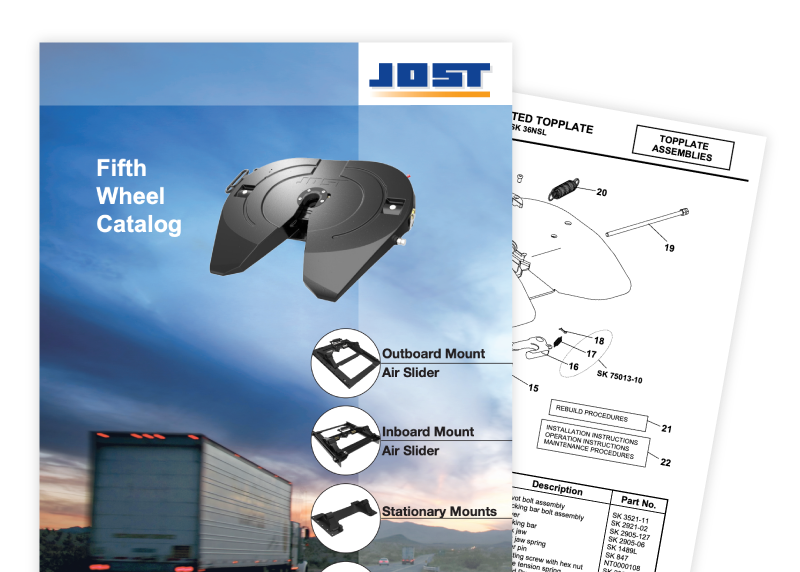
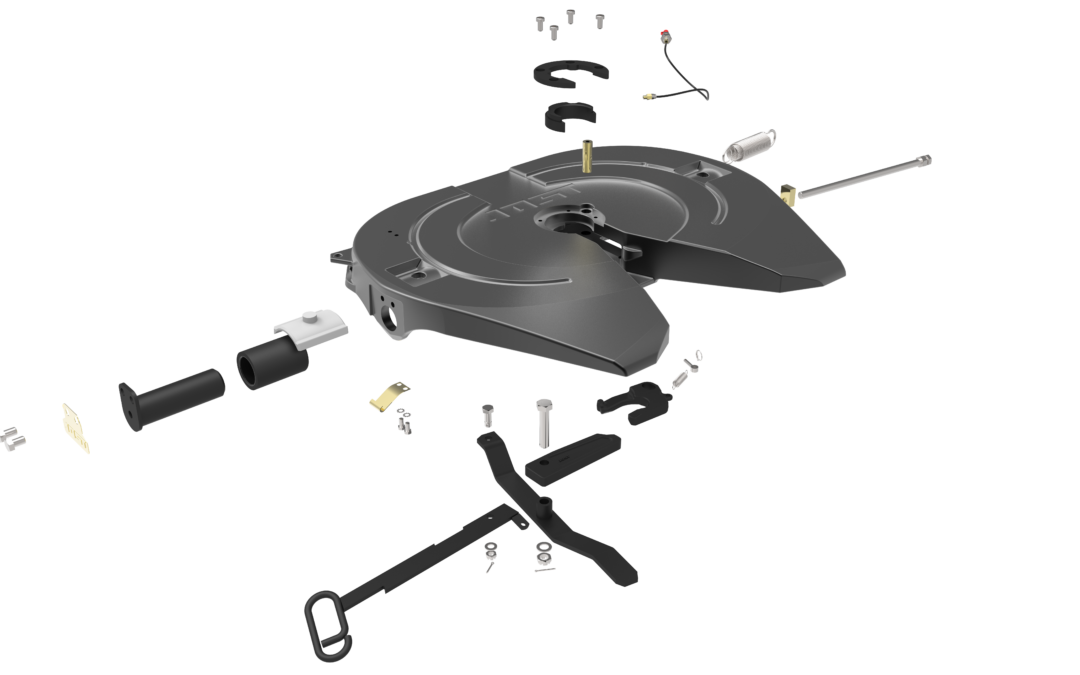
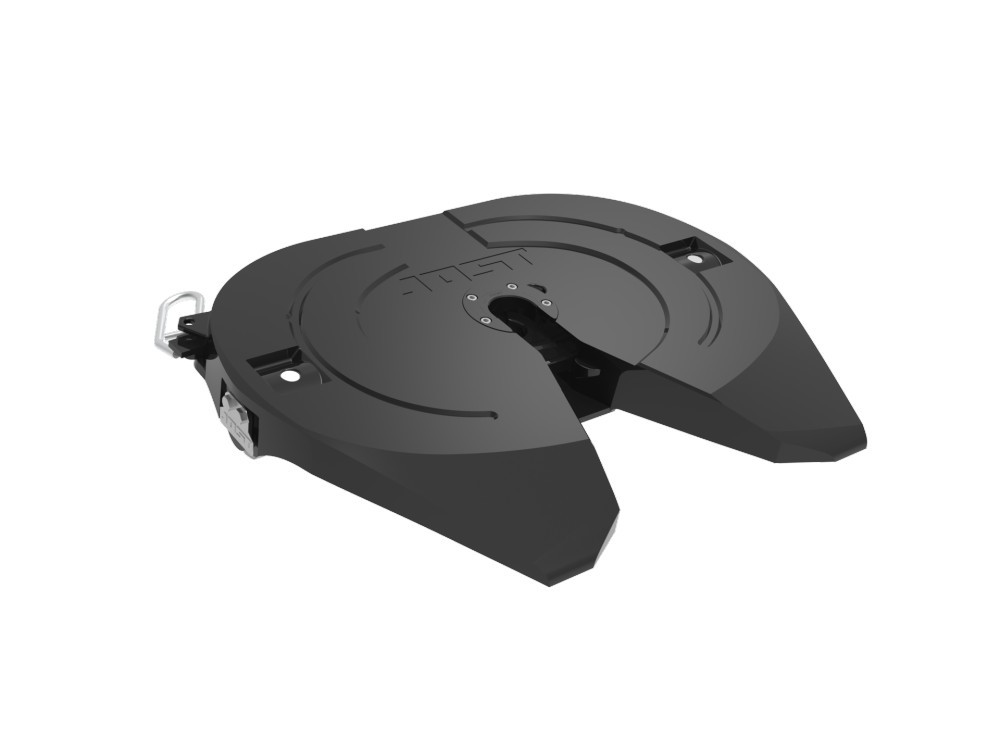
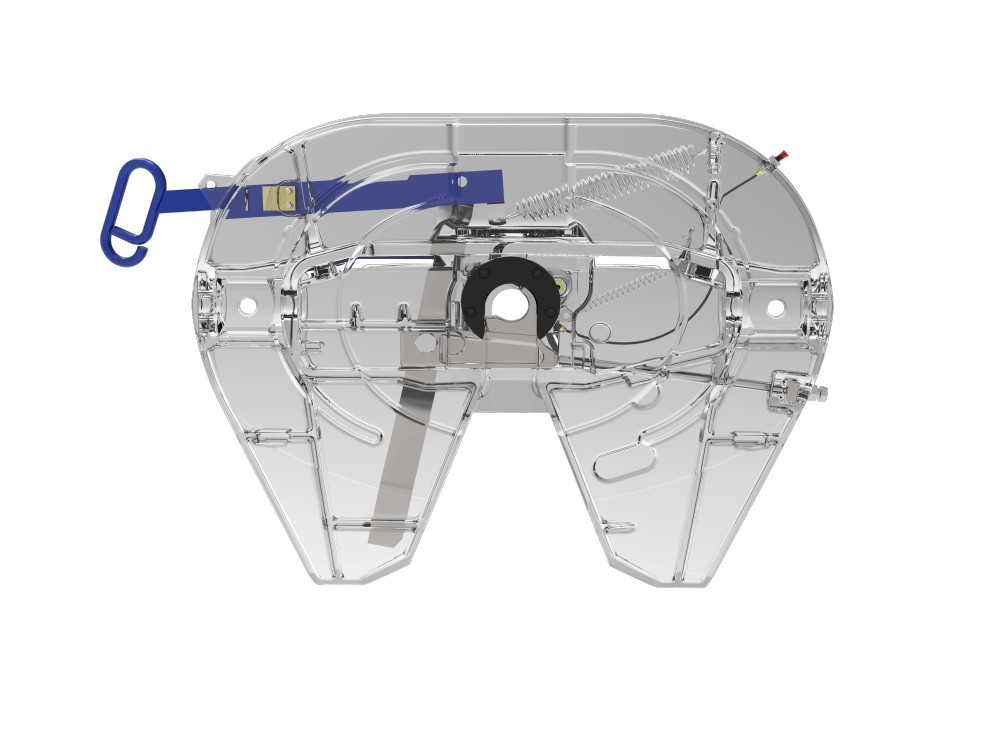
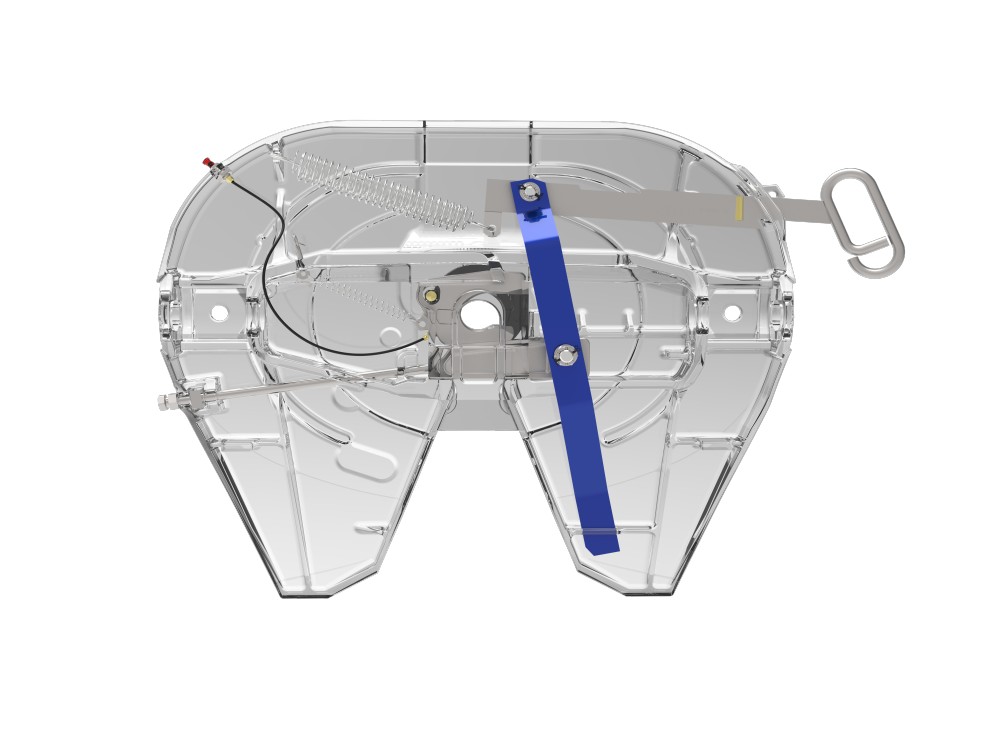
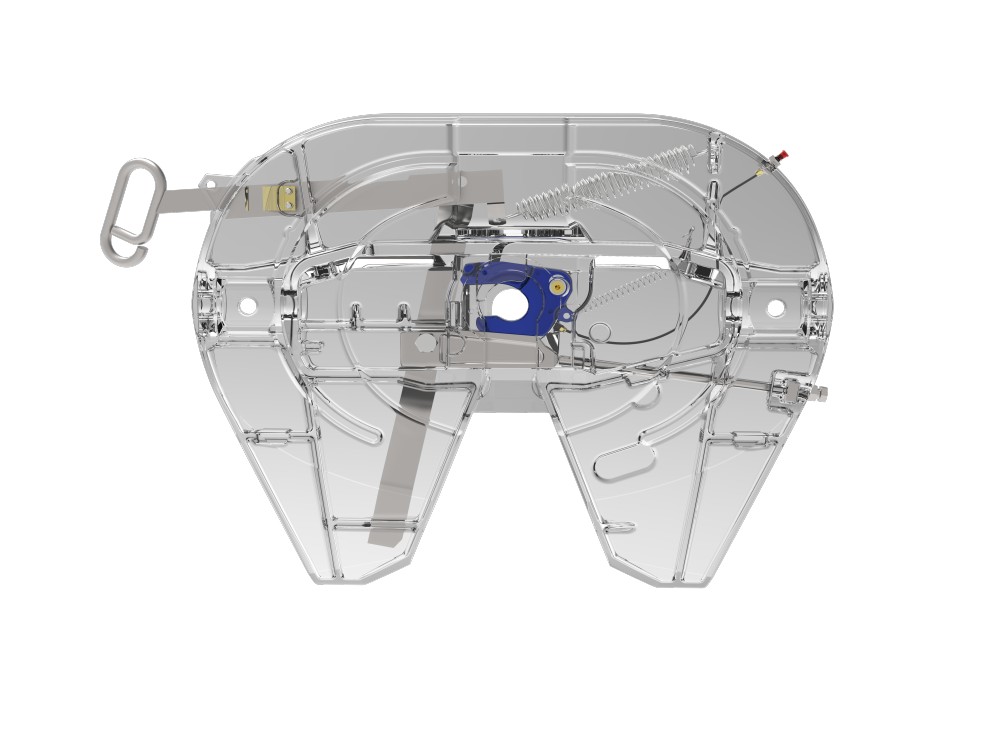
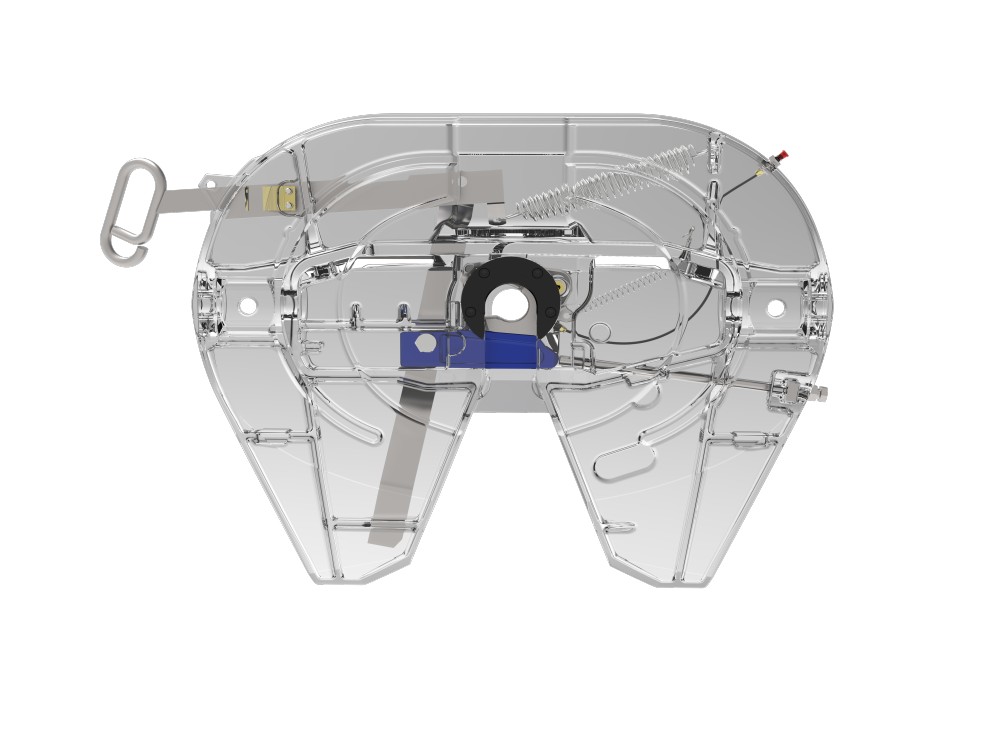
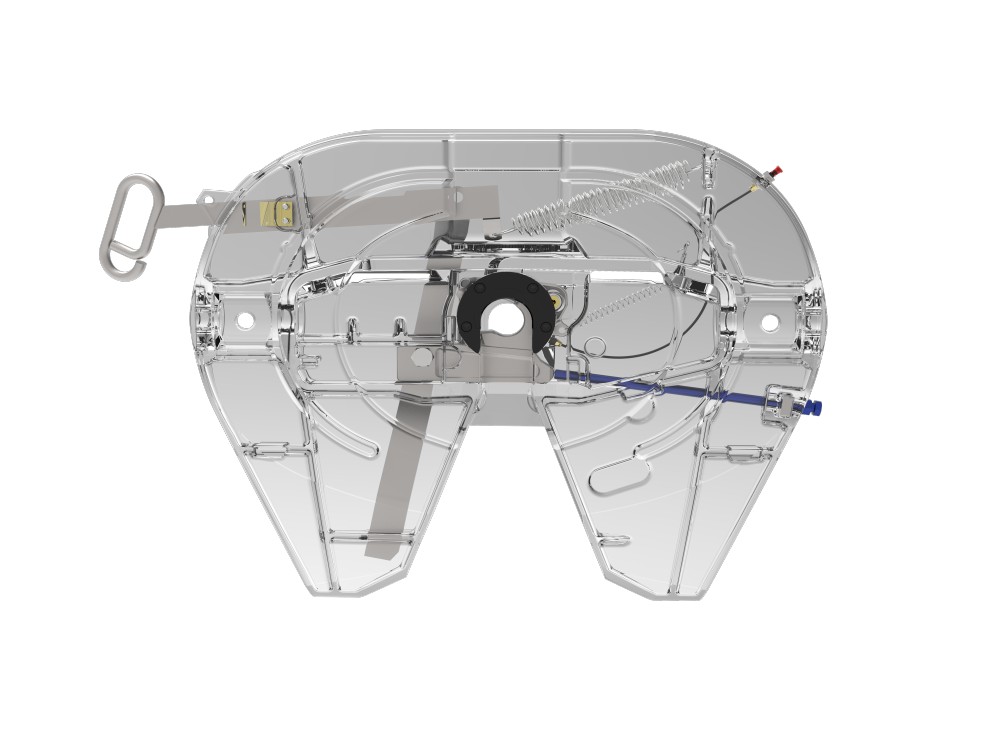
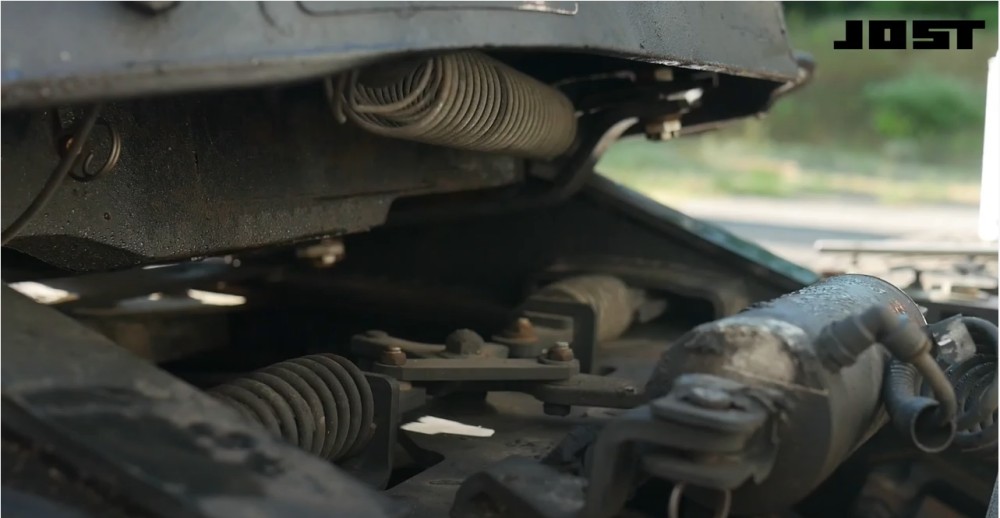
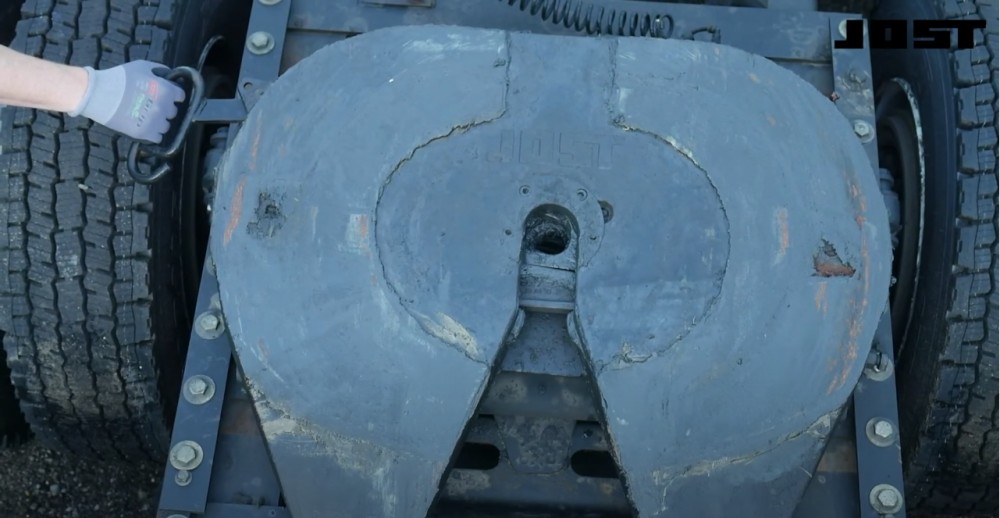
Recent Comments